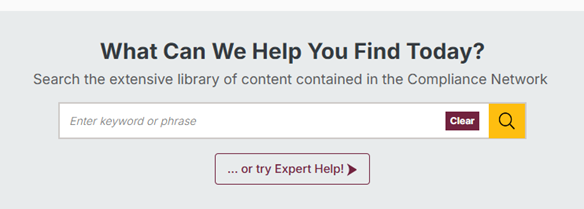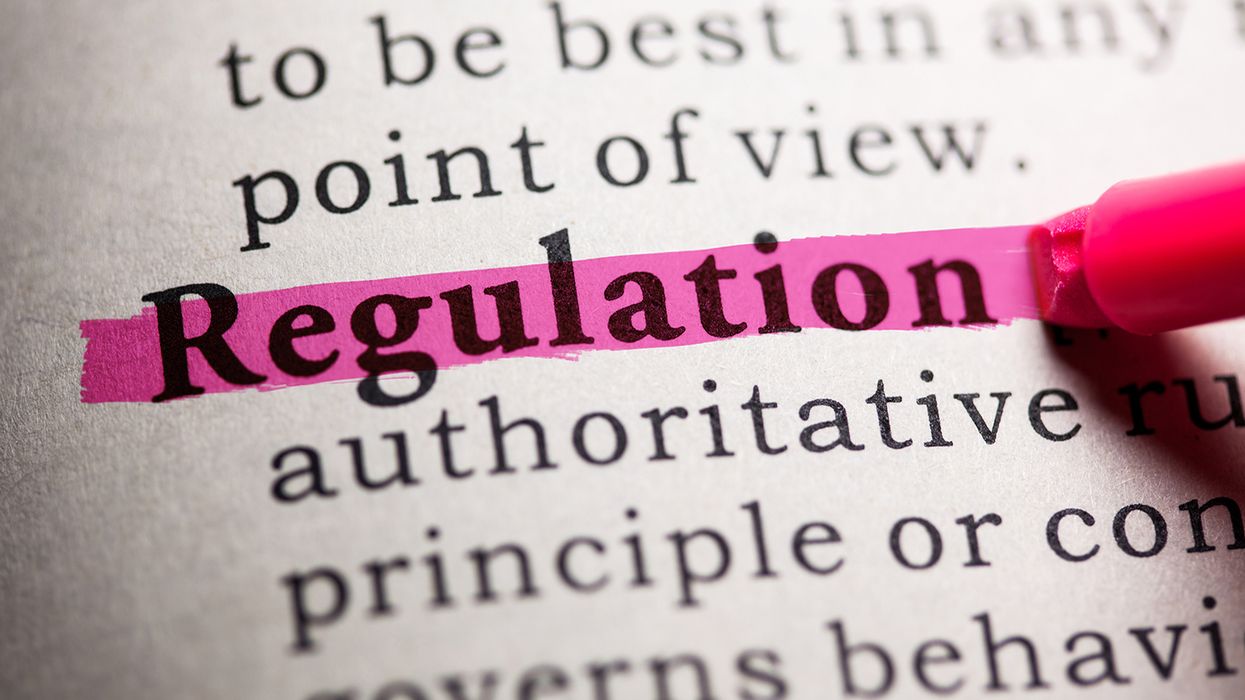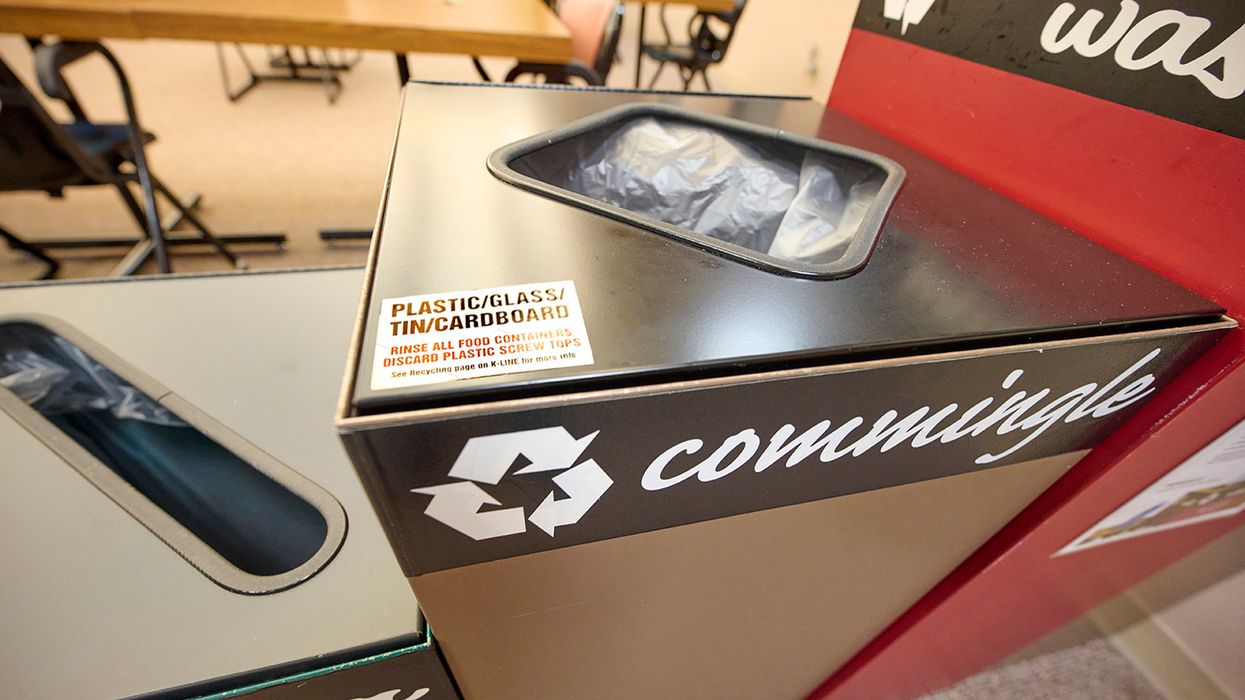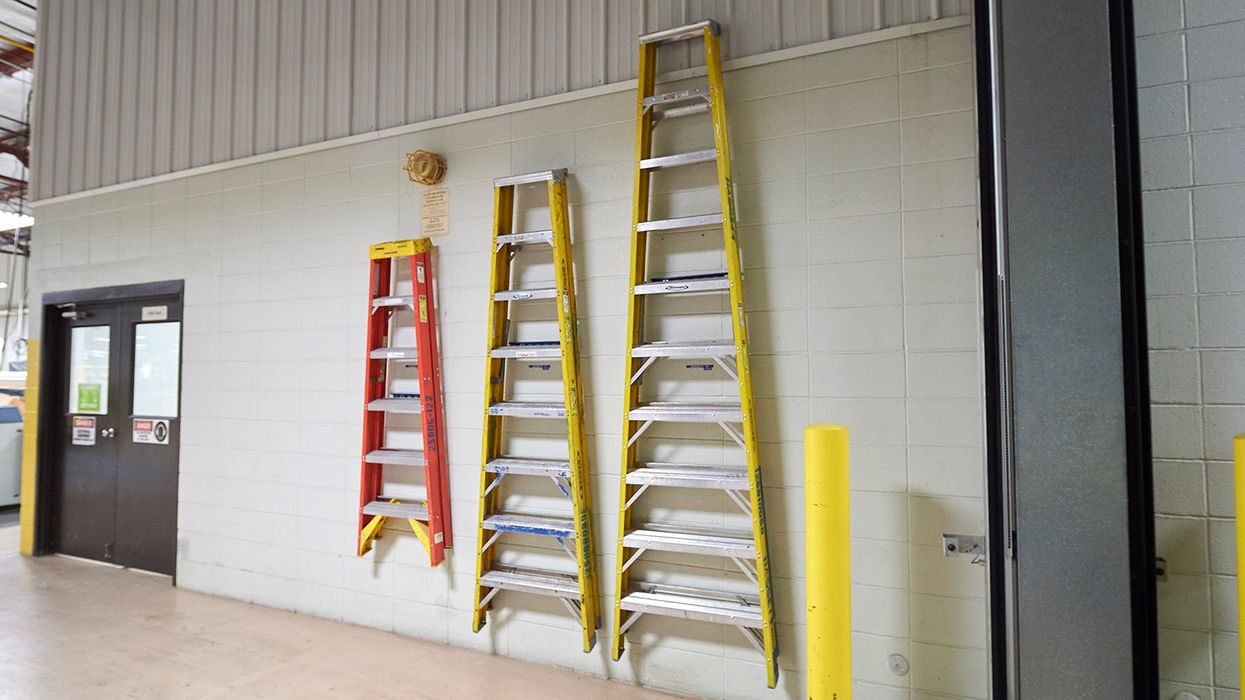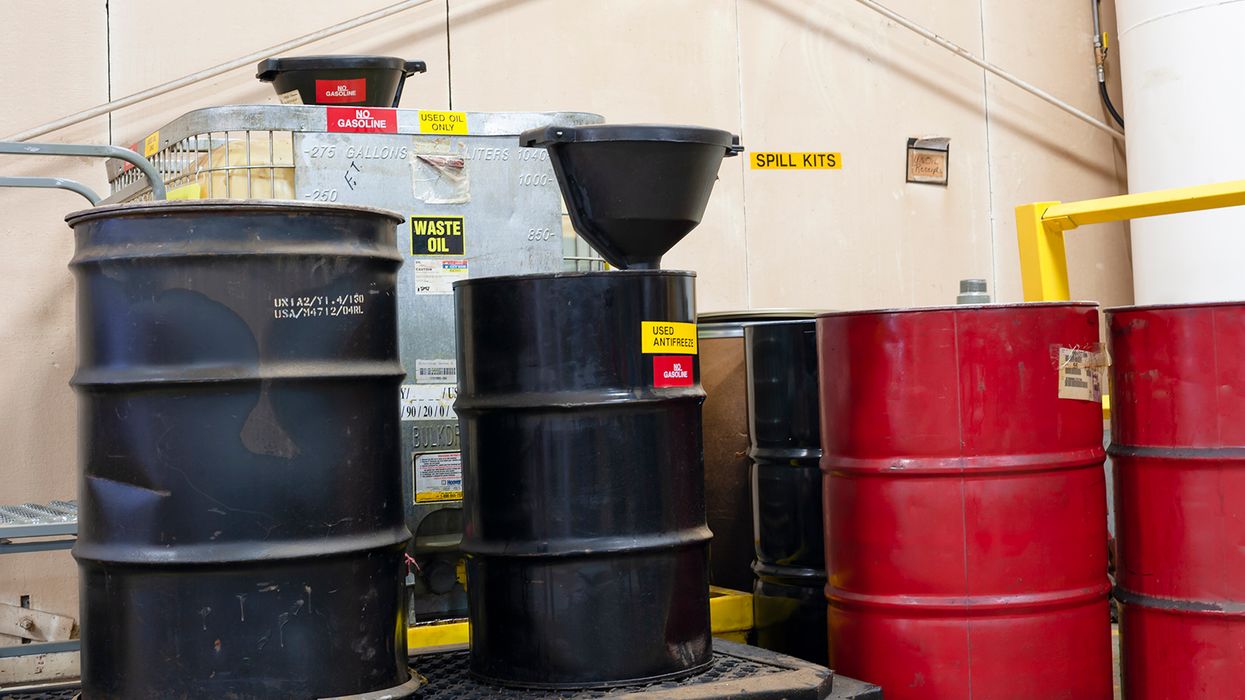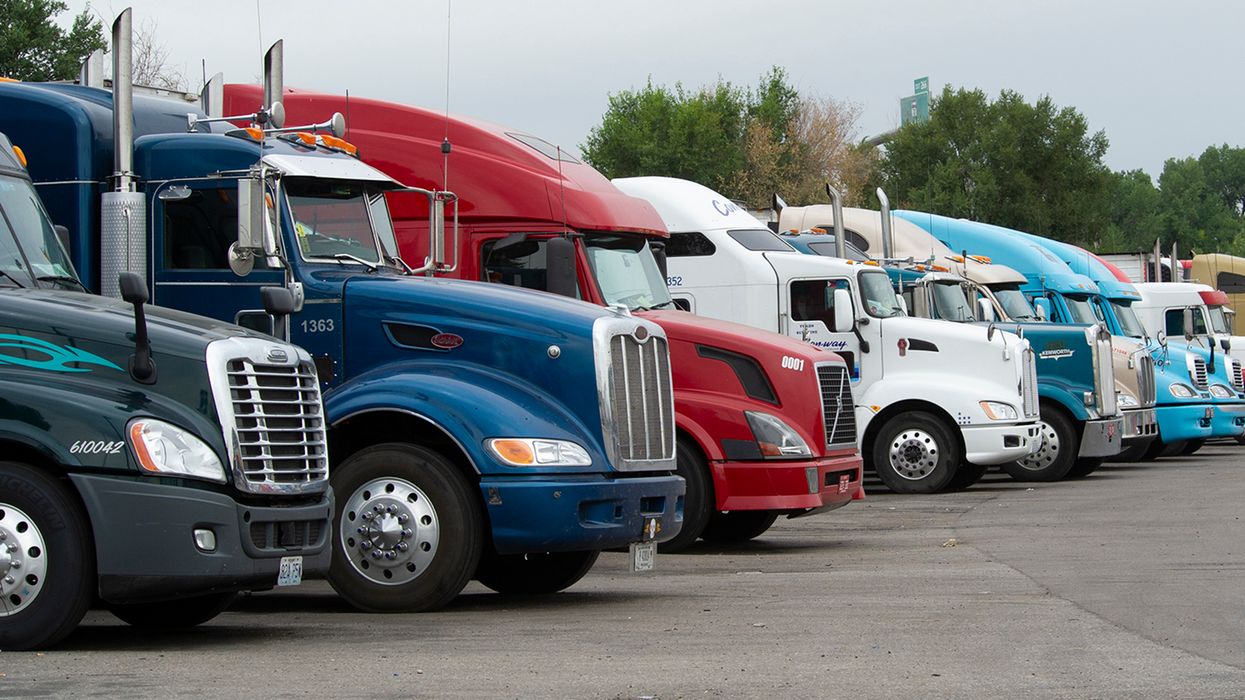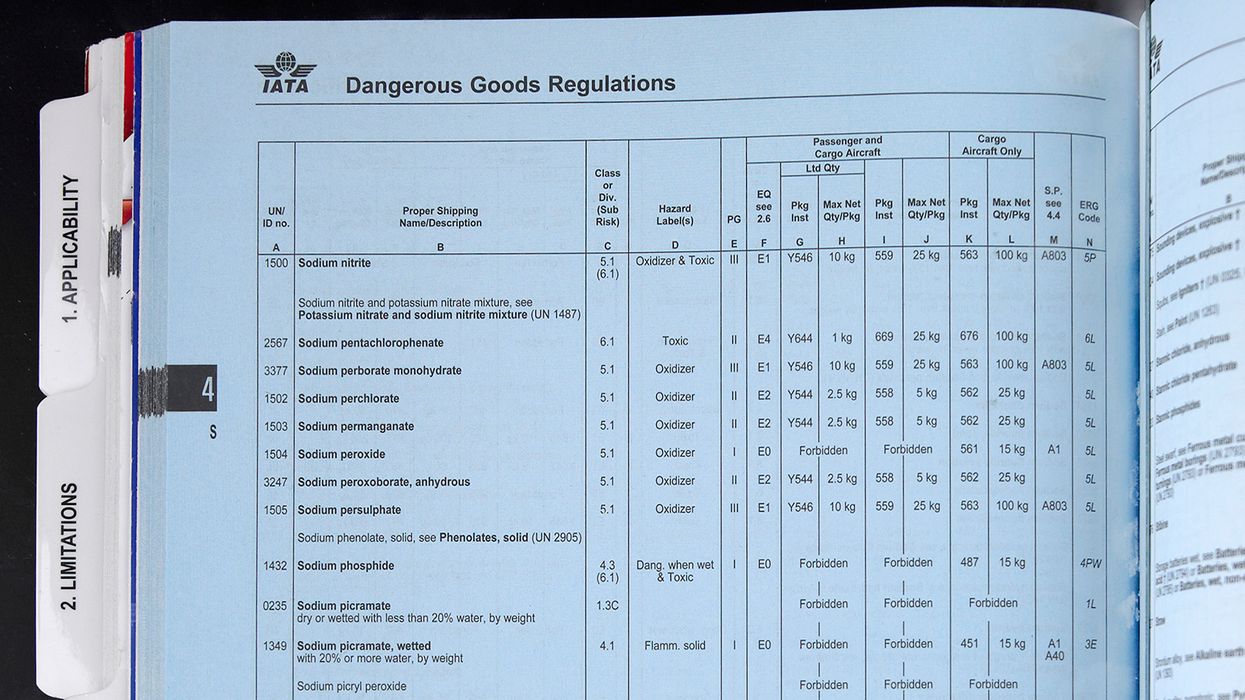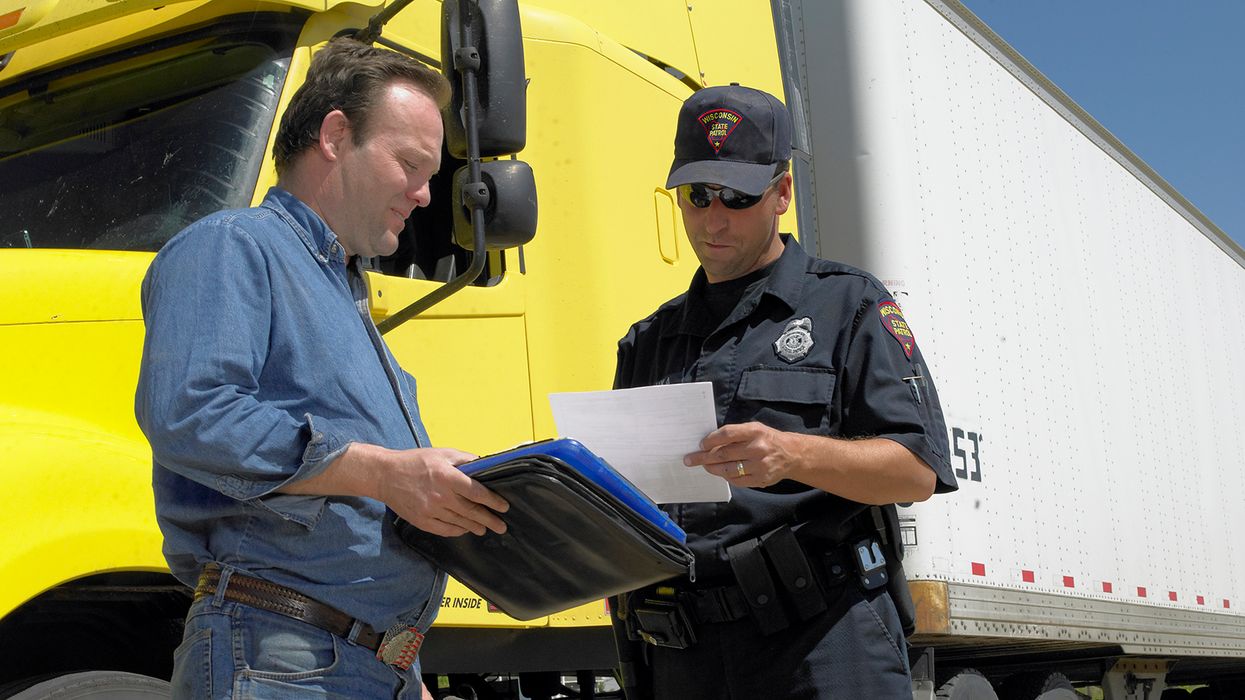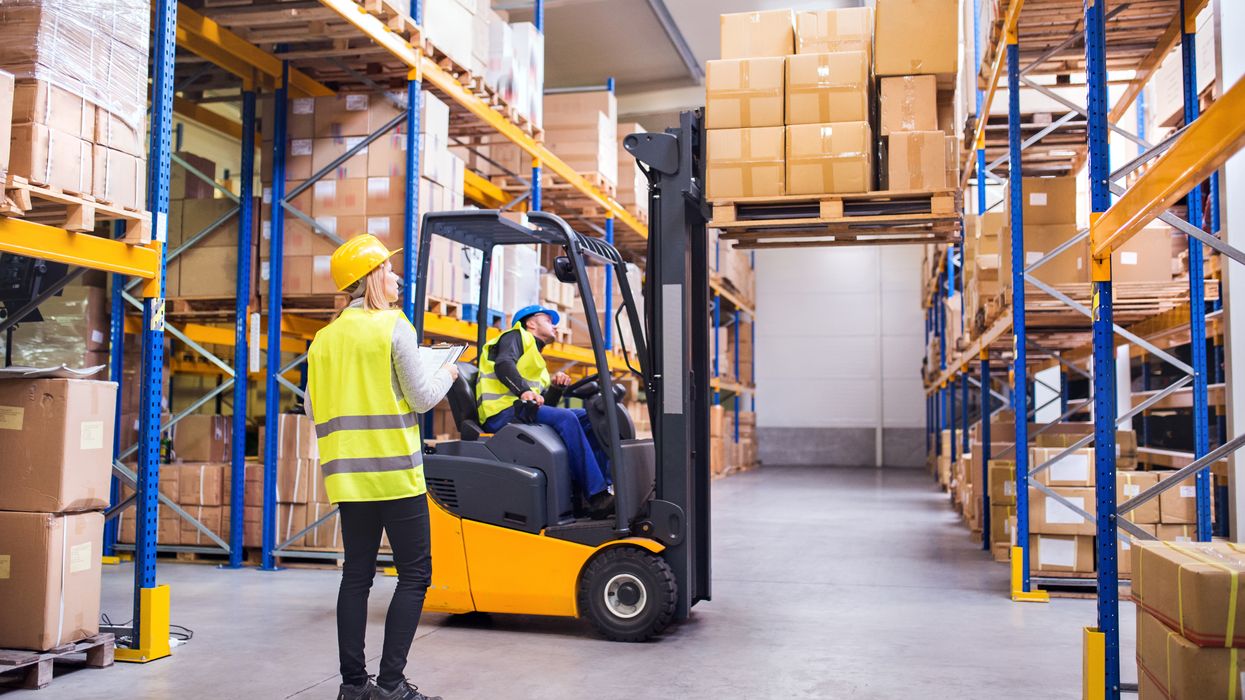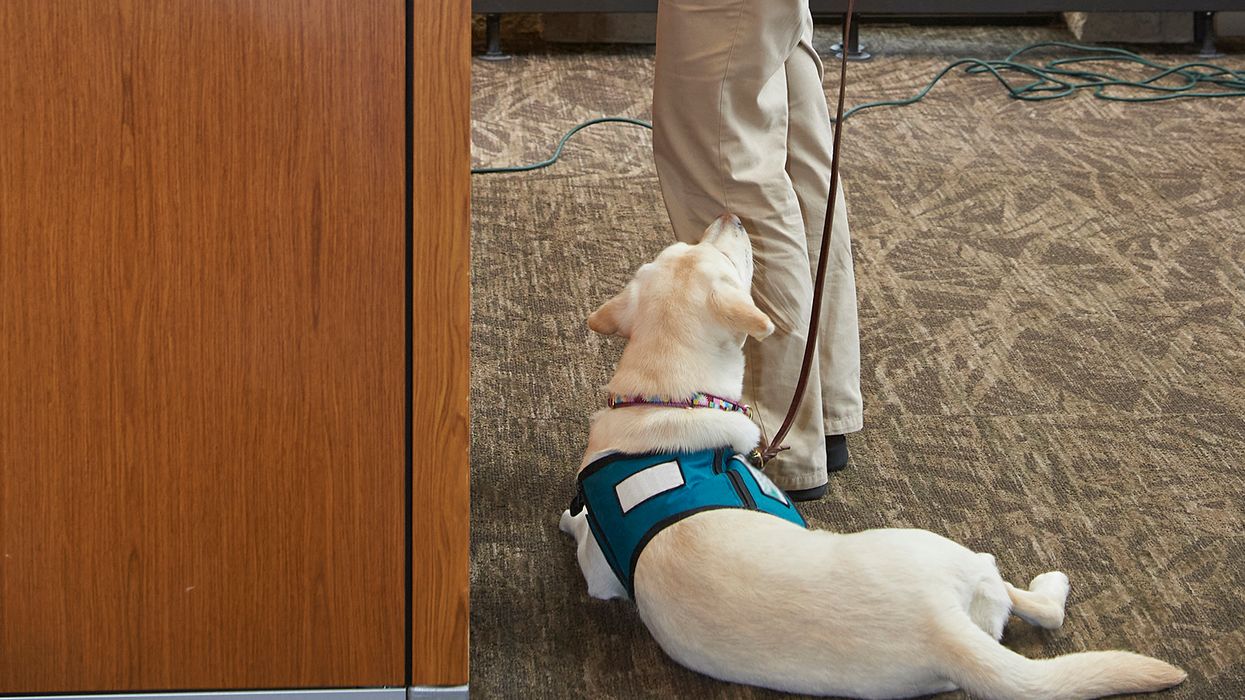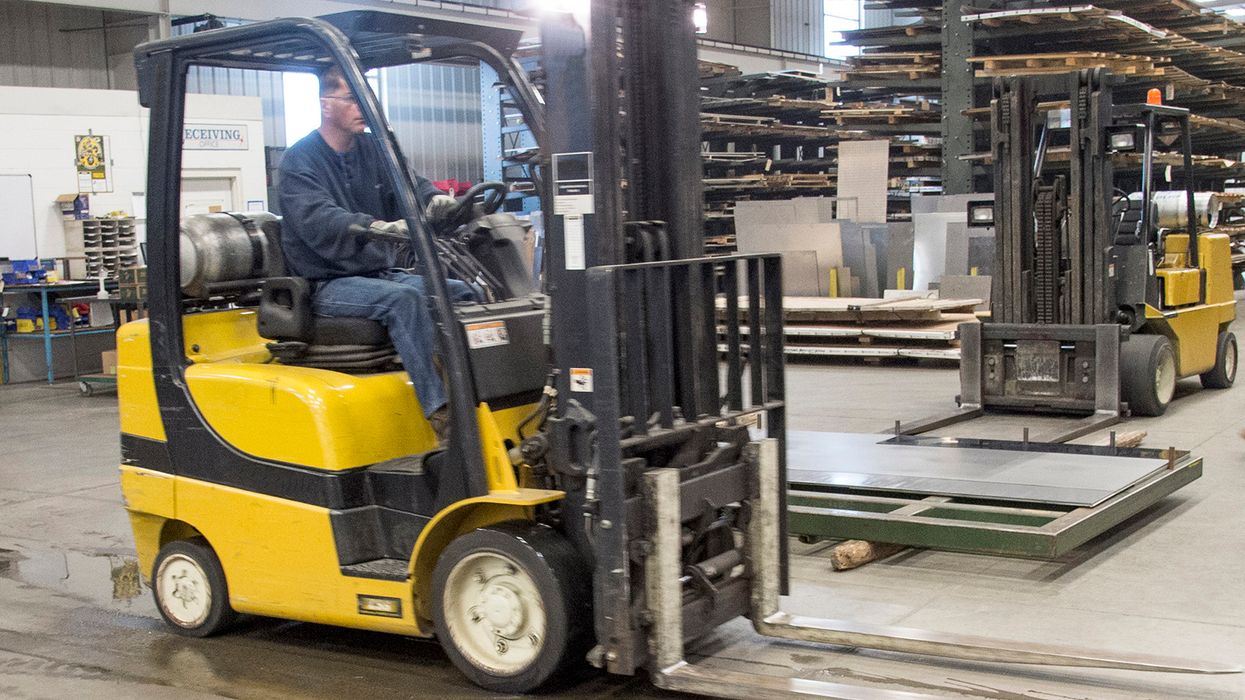Internal constraints help make the right choices
Individuals adjust their behaviors based on internal and external constraints. Internal constraints are values that people apply to themselves. External constraints include rules and consequences designed to shape behaviors. While rules should guide behaviors, some people ignore the rules. However, for those who voluntarily choose safe behaviors, the rules are merely guidelines.
Many behaviors are shaped by both internal and external constraints. For example, a desire to avoid injury may cause you to wear a seatbelt while driving. Although external constraints (like seatbelt laws) may impact your decision, the desire to stay safe is a self-imposed (internal) constraint on behavior.
Choosing to follow safety rules
External constraints and rules are effective only if people follow them, and some employees might grudgingly comply under an attitude of “we HAVE to do it this way.” Internal constraints are more effective because employees choose to work safely, not just because the company makes the rules.
People make the right choices when they see the benefits to themselves. In short, rules explain what choices to make, but internal constraints tell them why they should make those choices. When internal constraints drive behaviors, the rules are (in a sense) unnecessary because everyone would make the right choices anyway.
Valuing safety
When a company says that it values safety, it strives to reach a state where everyone chooses to work safely because they recognize the benefits to the company as well as the benefits to themselves. The goal is to reach a point where rules serve as guidelines and employees choose safe behaviors for the benefits, not just to follow the rules.
Helping employees develop internal constraints may require consequences, but consequences can be negative (like discipline) or positive (like a bonus or recognition). Even discipline can be delivered in a way that helps build internal constraints, such as reminders that “these rules prevent you from getting injured.”
Accidents may still happen, but could provide an opportunity to evaluate whether an employee made the wrong choice and whether a different behavior could have changed the outcome. Accidents may be failures, but failures are learning opportunities that can help demonstrate the “why” of developing internal constraints.





























